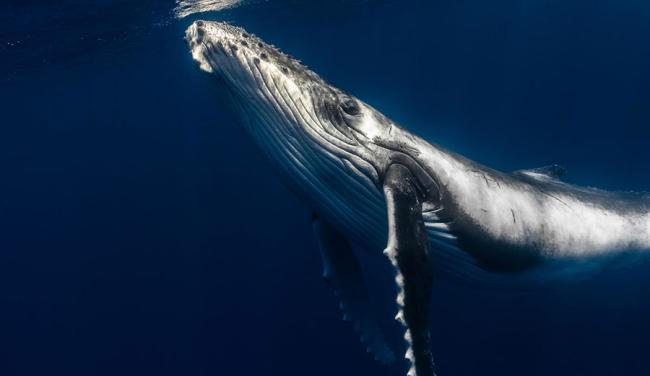
1. WHALES ARE DIVIDED INTO TWO MAIN GROUPS
There are two types of whales: the baleen whales and the toothed whales. Baleen whales, including humpbacks and blue whales, have fibrous ‘baleen’ plates in their mouths instead of teeth, which help them filter out and consume huge quantities of krill, plankton, and crustaceans. Whereas toothed whales, such as orcas, beluga and sperm whales, have teeth which enable them to feed on larger prey such as fish and squid.
All dolphin families, including porpoises, are also classified as whales, as they are more related to their toothed counterparts.
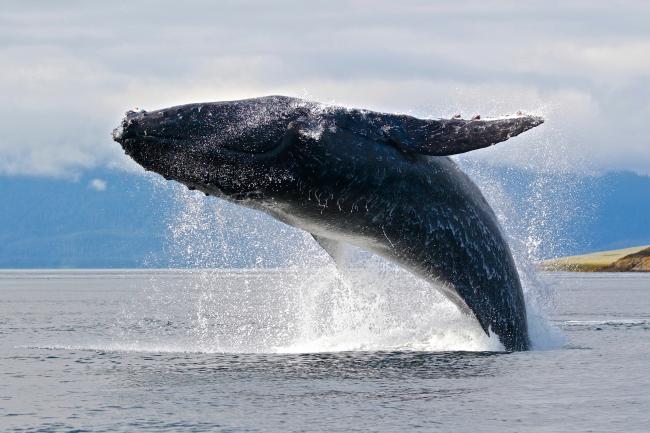
2. HUMPBACK WHALES DON’T EAT FOR MOST OF THE YEAR
Humpback whales in the Southern Hemisphere live off their fat reserves for 5.5-7.5 months each year, as they migrate from their tropical breeding grounds to the Antarctic, to feed on krill.
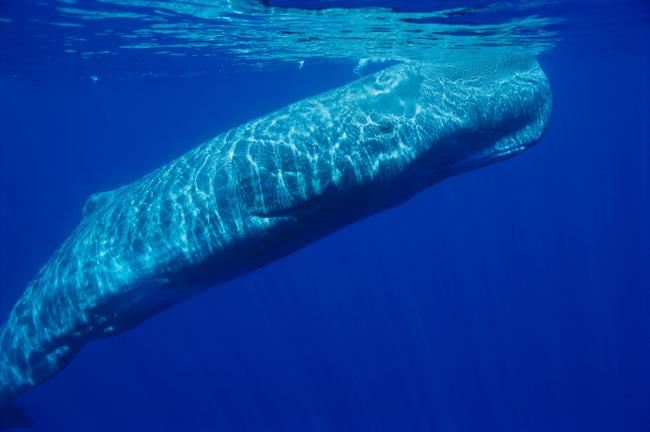
3. ALL TOOTHED WHALES HAVE A ‘MELON’ IN THEIR FOREHEADS
It’s a mass of tissue which focuses the whales’ calls, vital for communication and echolocation. Like bats, they use this echolocation to “see”.
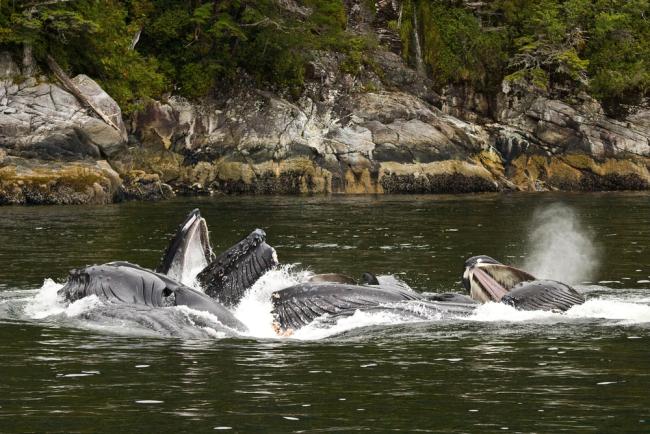
4. SOME WHALES BUBBLE NET FEED
This involves whales cooperatively blowing bubbles that encircle their prey. As the prey won’t cross through the bubbles, they’re trapped, making it easy for the whales to eat them.
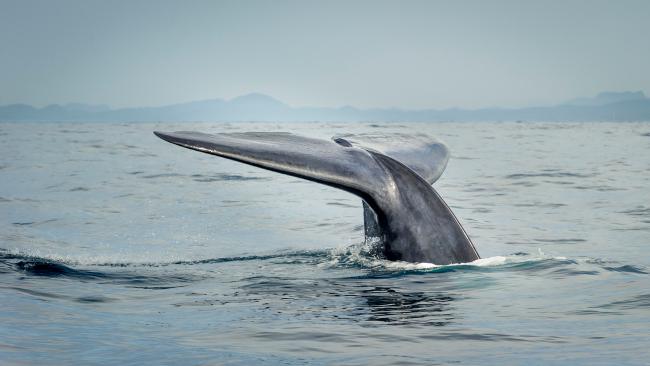
5. THERE USED TO BE THOUSANDS OF BLUE WHALES
It’s estimated that there were over 225,000 Antarctic blue whales before their exploitation in the 1900s. Today, blue whales are listed as endangered species, with less than 3,000 remaining in the wild.
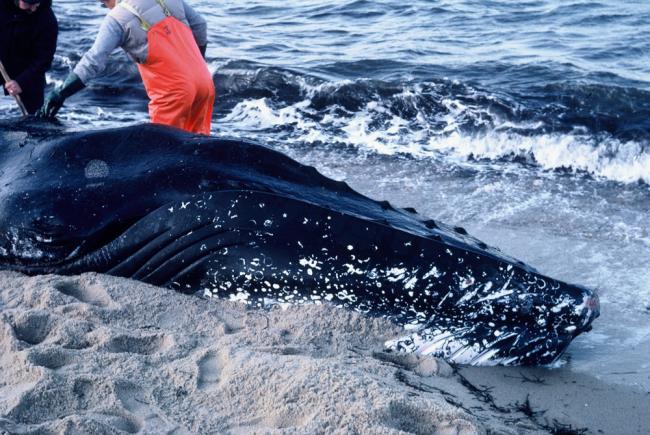
6. WHALES ARE OFTEN CAUGHT IN NETS
Over 80% of North Atlantic right whales have been entangled in fishing gear at least once during their lifetime – they often get caught many times in their lives.
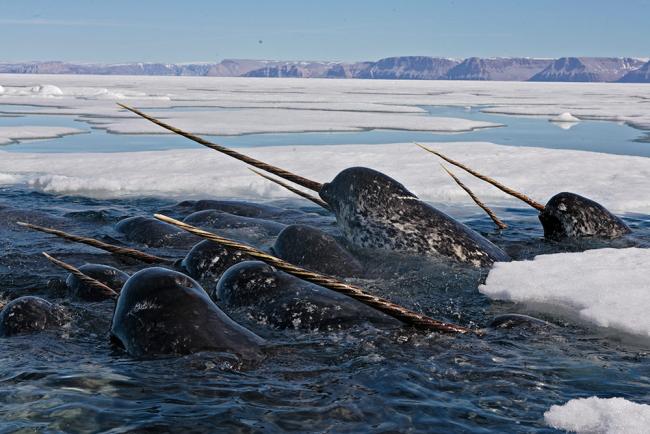
7. USUALLY ONLY MALE NARWHALS HAVE A TUSK – THAT DEVELOPS FROM A TOOTH
Used for foraging, displays of dominance and possibly fighting and breaking ice, the tusk is also a sensory tool used to detect changes in the sea around them.
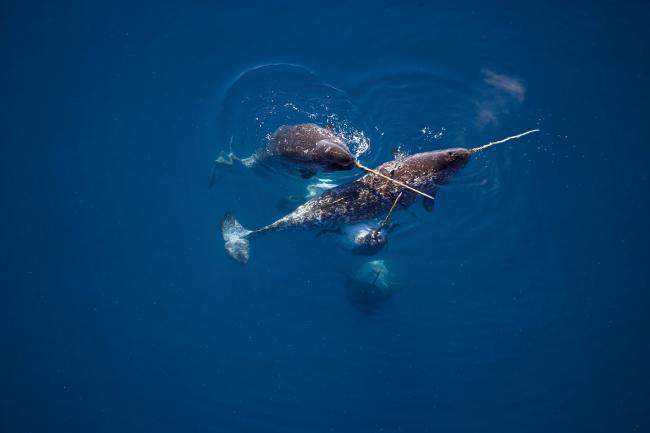
8. THE NAME ‘NARWHAL’ COMES FROM OLD NORSE
It means “corpse whale” as their skin colour resembles that of a drowned sailor.
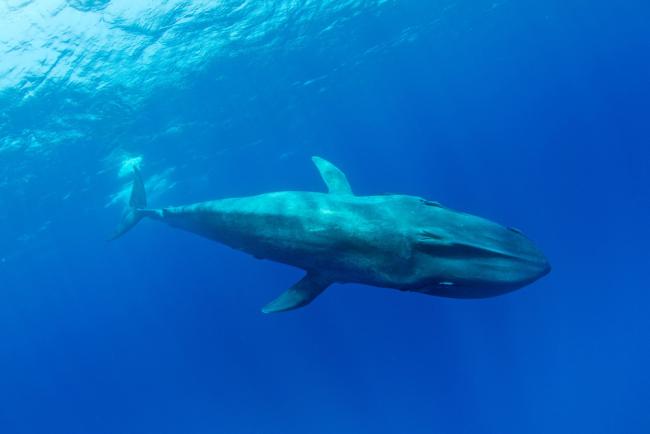
9. THE ANTARCTIC BLUE WHALE IS THE LARGEST ANIMAL ON THE PLANET
The Antarctic blue whale is the biggest of all blue whales. It is also the largest animal on the planet, weighing up to 200 tons (approximately 33 elephants) and reaching up to 30 metres in length. They can consume about 3,600kg of krill a day!
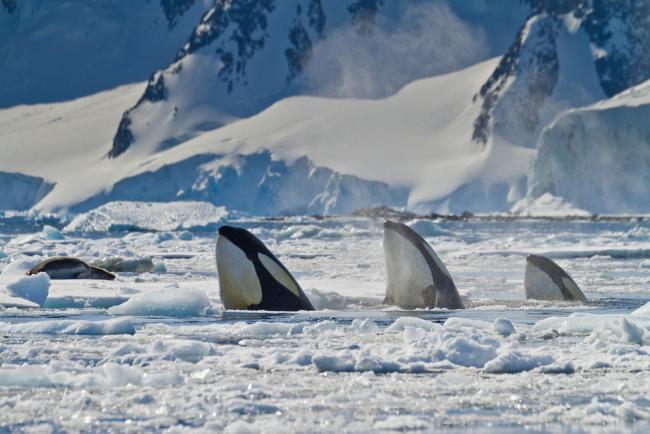
10. KILLER WHALES ARE ACTUALLY DOLPHINS
Orcas, also known as “killer whales”, are the largest members of the dolphin family. They are the ocean’s top predators, preying on a diverse range of marine species, which include many fish species, penguins, seabirds, sea turtles, cephalopods and marine mammals such as seals and even whales.








